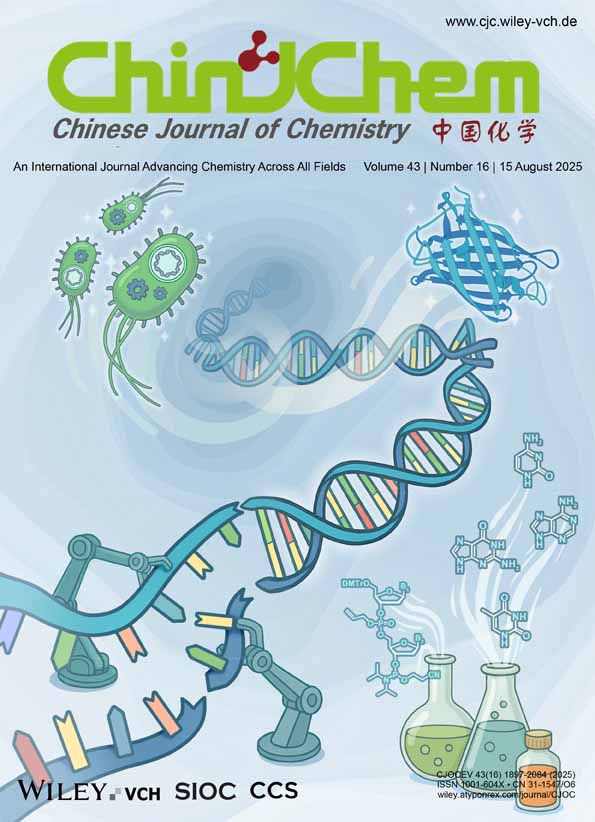Density functional theory (DFT) and ab initio investigations of the electronic and molecular structures of the monomer and the dimer of trimethylaluminium
Abstract
The electronic and molecular structures of the monomer and dimer of trimethylaluminium have been studied using density functional theory and ab initio MP2 method. The optimized geometry of the monomer Al(CH3)3 is of C3h symmetry, whew that of the dimer [Al(CH3)3]2 contains a carbon-bridged four-membered ring structure with C2h symmetry. The hydrogen-bridged six-membered ring structure is found to be unstable. The calculated dimerization energy for the four-membered ring structure is 78 kJ/mol, in close proximity to the experimental due of 85.27 kJ/mol.




